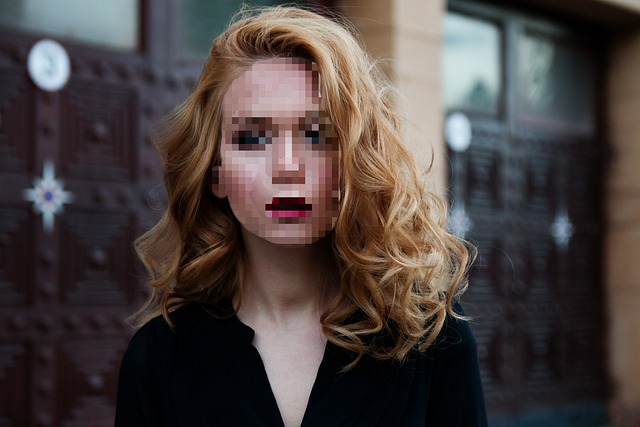Photography is more than just clicking a button; it’s an intricate dance of light, shadows, and precision. At the heart of every mesmerizing photo lies the concept of exposure — a term synonymous not only with the amount of light that reaches your camera sensor but also with the pixel-perfect details that can make or break your image. Mastering exposure is essential for any photographer striving to elevate their craft, and understanding optics is key to achieving that goal.
When we think of exposure, we often visualize a perfectly illuminated scene: the golden hour casting warm hues over a landscape or the dramatic contrast of a well-lit portrait. But what happens when you’re faced with bright highlights and deep shadows? Here’s where the importance of understanding optics comes into play. Adjusting your camera settings, such as aperture, shutter speed, and ISO, allows for a harmonious balance that preserves those pixelated intricacies within your frame.
Let’s delve deeper into these factors:
- Aperture: This opening in your lens determines how much light hits the sensor. A lower f-stop number creates a wider aperture, allowing more light in and resulting in a beautifully blurred background known as bokeh. This not only emphasizes your subject but also enhances pixel quality by creating depth.
- Shutter Speed: A fast shutter speed freezes motion, while a slower speed can create a sense of movement. Both can lead to strikingly different interpretations of the same subject. It’s crucial to understand how each setting captures pixel data, as a blurry image from a slow shutter speed may lose essential details.
- ISO: This setting defines your camera’s sensitivity to light. High ISO values can introduce noise, potentially affecting the pixel clarity in your images. Striking the right balance is vital. Opt for the lowest ISO possible for optimal quality, especially when shooting in bright conditions.
Understanding these elements allows you to get controllable results, from capturing crisp landscapes with every pixel in focus to producing emotive photography that resonates with viewers. Consider a rainy day where the world is immersed in shadows. With the right exposure settings and an understanding of light, you can bring out an image that is both hauntingly beautiful and pixel-perfect.
Moreover, the lens through which you shoot has a significant effect on exposure as well. Different lenses can manipulate light in unique ways; for instance, a prime lens often has a wider maximum aperture than a zoom lens, providing more flexibility to achieve that perfect exposure in challenging lighting conditions.
As you embark on your photographic journey, remember that mastering exposure is an ongoing process of experimentation. Spend time playing with your camera settings, analyzing the results, and learning how different optic choices affect your photos. The more you practice, the more you’ll find creating pixel-perfect images is both an achievable goal and a deeply rewarding endeavor.
Photography offers the power to capture fleeting moments and transform them into timeless memories. By dedicating yourself to understanding the delicate balance of exposure, you develop not just technical skills but also a unique artistic voice that resonates in every image you produce.



